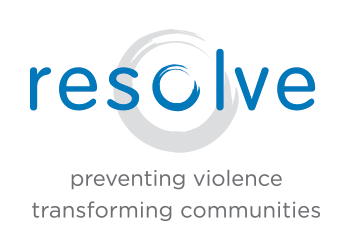Many of us received the same advice for harassment and bullying as we did for bees: ignore it, and it’ll go away.
While that strategy has worked for me countless times with bees, the truth is that it is only one of many strategies for dealing with problems and conflict. And oftentimes this coping mechanism really doesn’t work the way we want.
One of the key reasons ignoring it doesn’t always make harassment and conflict go away is that the problems are often systemic.
A child being harassed for wearing glasses or hand-me-down clothes is likely experiencing poor treatment because of how s/he looks or the economic status of his/her family. A teen girl who is harassed on the street is experiencing sexism, and depending on how she is perceived, could also be experiencing other biases. A boy harassed because of the way he walks or his lisp could be experiencing homophobia, transphobia and/or sexism.
Ignoring the problem ultimately doesn’t make the problem go away because the harassers, bullies and assailants are working with the same book. The minute one person stops making comments about your weight or skin color, the next one moves in – or they move on to someone else. Their biases don’t disappear just because a particular incident ends.
At IMPACT, we teach about racism, sexism, homophobia, transphobia, xenophobia, ableism, etc. in order to become more effective agents of change and prevent violence from growing in our communities.
We also explore various responses we might have to harassment. Some days I just want it to end, so I simply walk away or ignore it. Other days I feel up to telling the person to stop and that it’s not okay and leaving it at that. Other days I feel ready to take on the entire issue, educating the aggressor by addressing the behavior and the bias behind it.
As bystanders, we have choices of how and when to act as an ally to the targeted person — sometimes that’s intervening during the incident itself; other times it involves approaching the person targeted to express support or approaching the person who is using hurtful behavior to educate and hold that person accountable.
Depending on the context and environment and the day we’re having, sometimes as bystanders and as those targeted ourselves, we feel safe and are ready for different levels of struggle and different levels of self-advocacy and advocacy for others.
The idea is to have a range of tools for dealing with harassment and bullying so that we can be as proactive as possible. With this knowledge, we can work to make our communities feel safer and stronger together.
